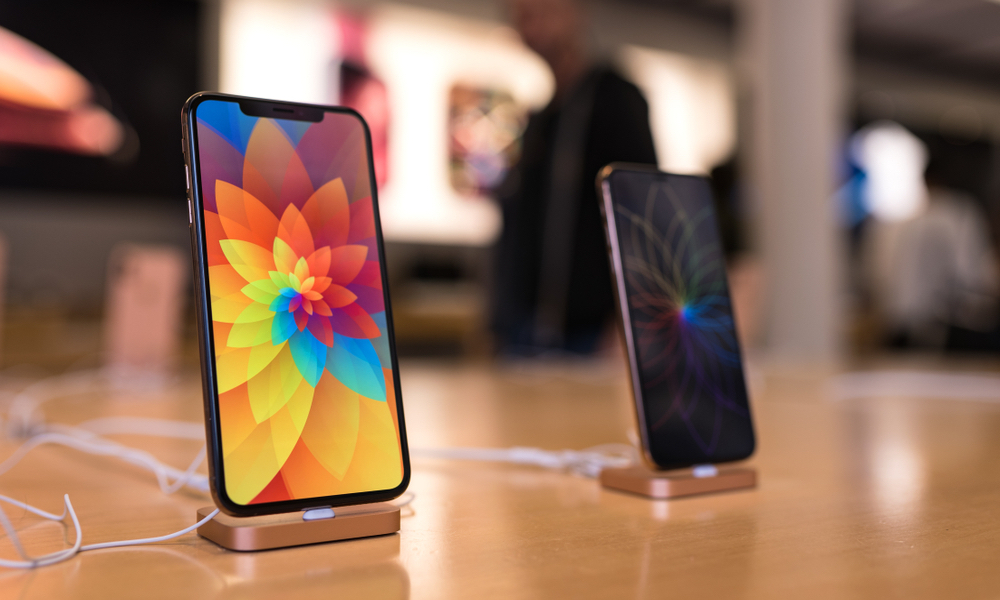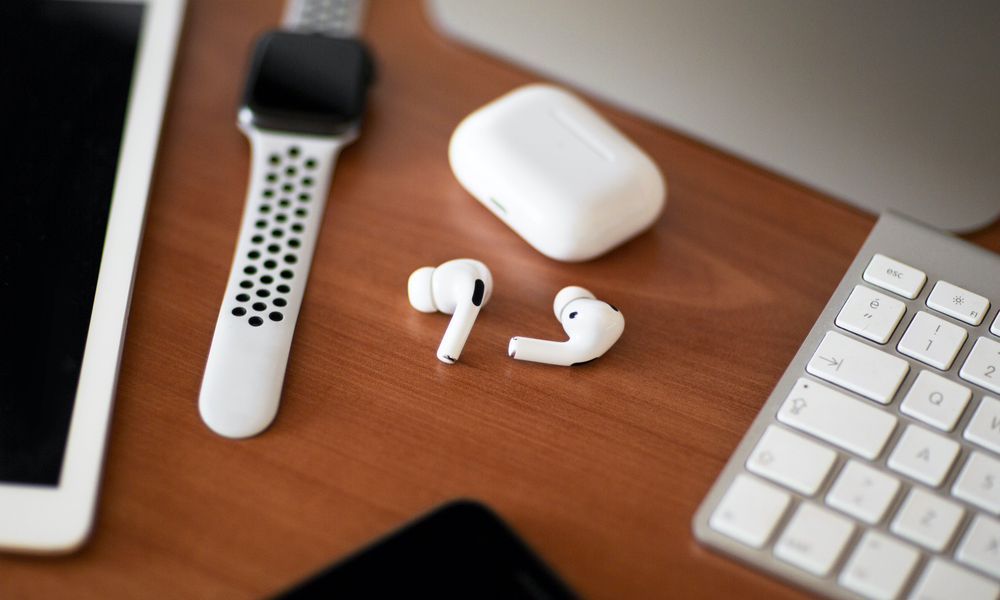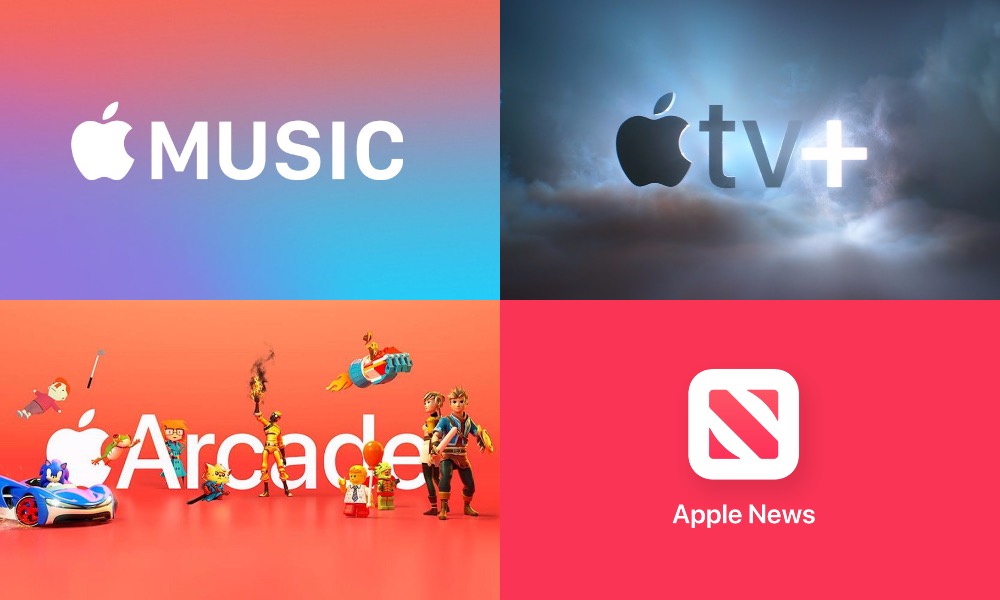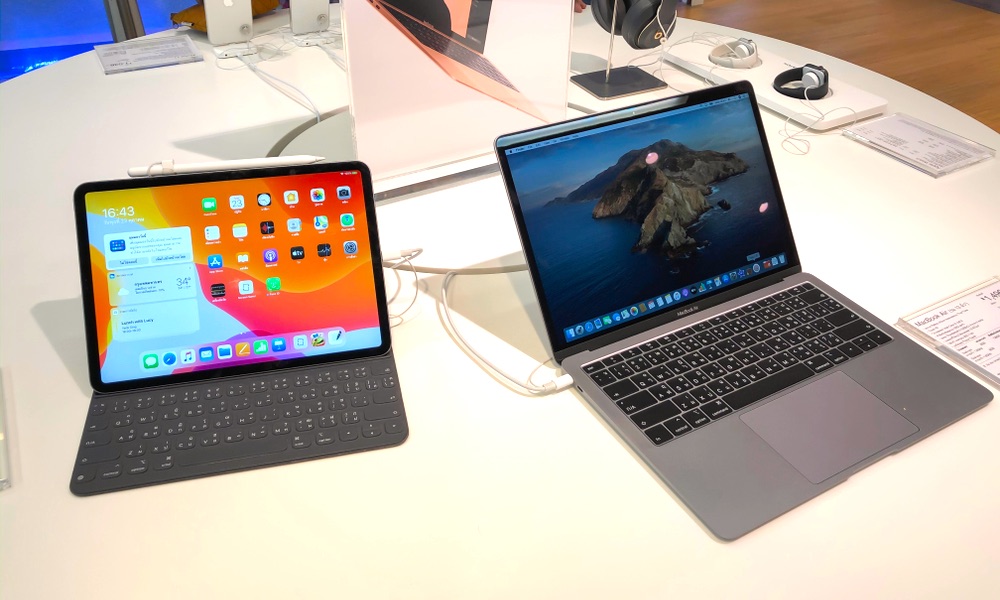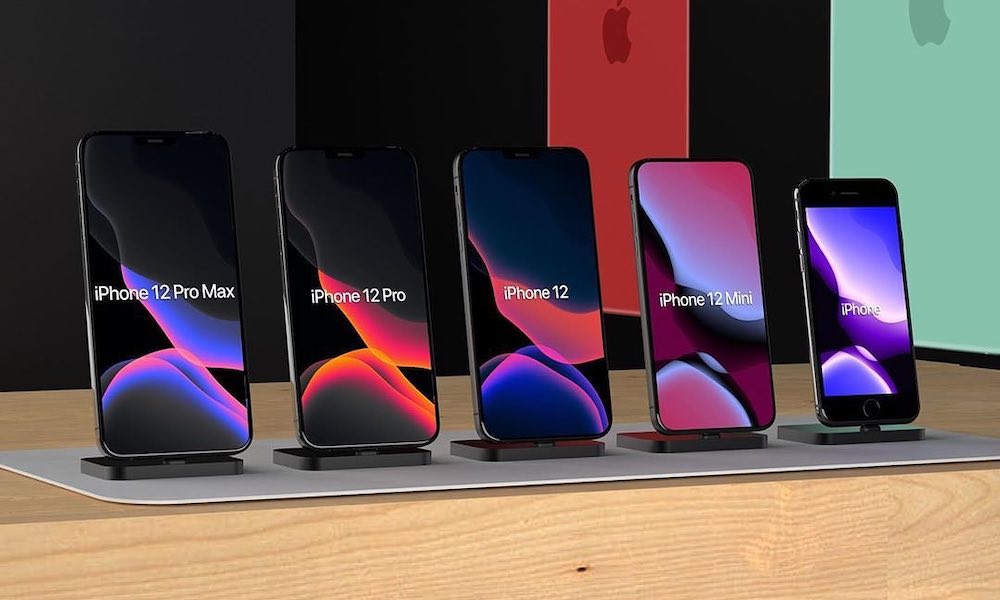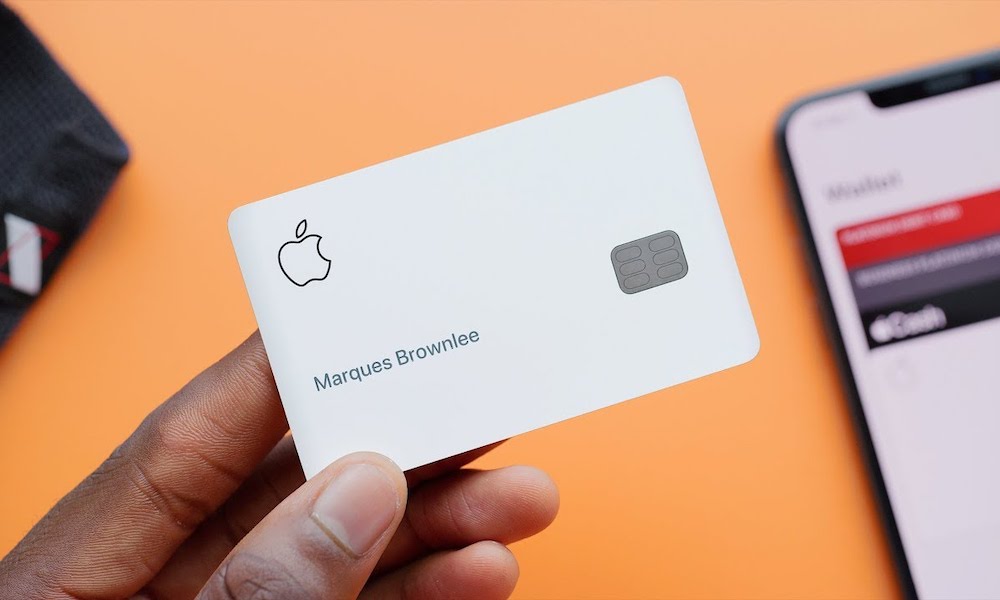7 Important Takeaways from Apple’s Q2 2020 Earnings Call
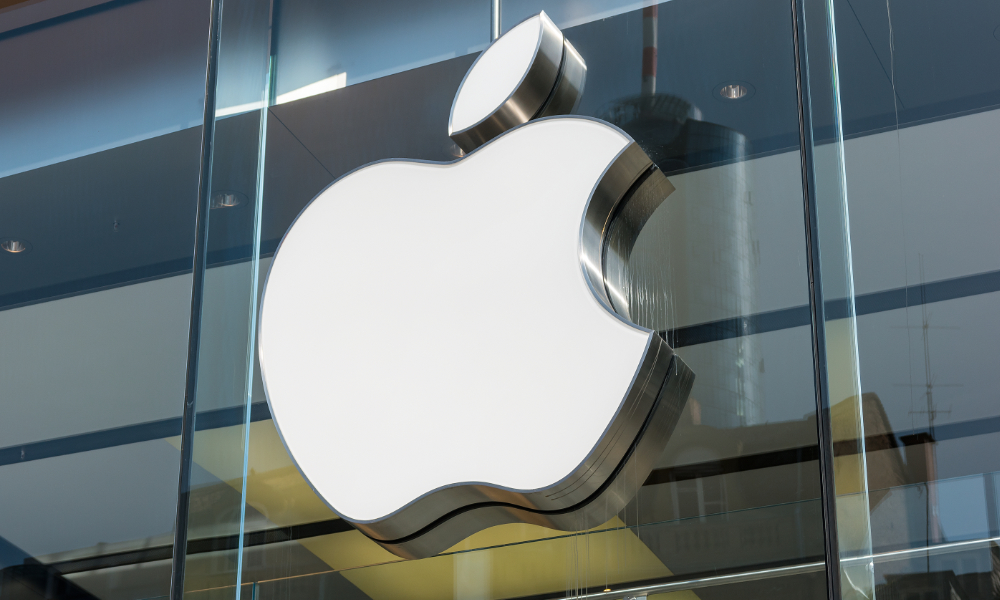 Credit: r.classen / Shutterstock
Credit: r.classen / Shutterstock
More than ever, investors and analysts have been anticipating Apple's announcement of its Q2 2020 earnings, since never before in the history of the company has it had to deal with keeping its business running in the midst of a global pandemic that has paralyzed much of the world's economy, forcing even Apple itself to shutter hundreds of its stores.
While Apple admitted earlier this year that it was going to miss the revenue targets that it had previously offered, Apple CEO Tim Cook also insisted that it remained "fundamentally strong" and has the resources to weather the current crisis.
Although there's no doubt that Apple did worst that it had expected, the numbers that it did offer up show that Cook was right, providing a pleasant surprise against the dire predictions of many industry analysts. Not only did Apple still post a small increase in revenue over the year-ago quarter, but it actually still broke records in at least two of its categories. Read on for 7 highlights from Apple's latest earnings call on Thursday.
The Numbers
Despite the storm of the ongoing global health crisis, Apple still showed some pretty solid numbers, posting quarterly revenue of $58.3 billion, which actually marked a modest increase of one percent from the year-ago quarter. While Apple didn't break any overall records this year, it still did respectably well across all of its categories.
- iPhone: $29 billion
- Mac: $5.4 billion
- iPad: $4.4 billion
- Wearables, Home, and Accessories: $6.3 billion
- Services: $13.3 billion
However, it's worth keeping mind that the quarter began long before the pandemic had even begun to reach its zenith in most places around the world — although Apple reports its results at the end of April, the quarter actually concluded on March 28, only 14 days after Apple shuttered all of its retail stores outside of China.
Wearables Broke Records
One area in which Apple did shatter its previous quarterly record was in its Wearables, Home, and Accessores category, which includes a potpourri of products ranging from its insanely popular AirPods lineup and the Apple Watch through to the less sought-after HomePod and Apple TV devices. It also includes Apple's entire Beats division, plus pretty much every other accessory Apple makes, from the new Magic Keyboard (which was released too late to be reflected in the Q2 2020 revenue) and the Apple Pencil to iPhone cases and cables.
So it's a pretty broad category, and Apple doesn't break out its products within that category in any way at all, but it's also not too hard to figure out which ones are driving the bulk of Apple's revenue. While the AirPods are obviously selling like hot cakes, during the earnings call that followed the release of the numbers, Apple CEO Tim Cook and CFO Luca Maestri also shared that the Apple Watch continues to see new growth — 75 percent of the Apple Watch units sold in the quarter were purchased by customers who had not previously owned one.
Notably, Apple's wearables business has surpassed the revenue in the Mac and the iPad categories, and according to Maestri it now makes up the size of a Fortune 140 company on its own.
Services Hits All-Time High
Apple actually set an all-time record in its Services category, which perhaps isn't all that surprising considering the number of new services the company launched last year. The total revenue from services, at $13.3 billion, not only eclipsed every other individual category except the iPhone — it's now higher than any of the other two categories combined — but is also well-positioned to soon exceed half of Apple's iPhone revenue, and the dominant number two position.
Like other categories, Apple doesn't break down its revenue by individual services, nor even talk all that much about everything that goes in there, but it includes not only the more well-known customer facing subscription services like Apple Music, Apple News+, Apple Arcade, Apple TV+, but also things like iCloud Storage plans and AppleCare+ subscriptions, sales of iTunes music, movies, TV shows, and Apple Books, and of course the 15-30 percent cut that Apple takes from App Store purchases, plus a few other hidden things like its multi-billion dollar deal with Google that keeps the search giant as the default entry in the Safari browser on Apple devices.
Mac and iPad Expected to Grow, iPhone and Wearables to Slow
While Apple declined to provide any guidance for the third-quarter, since it's really not possible to do so in the midst of the current economic situation, Apple's CEO Tim Cook and CFO Luca Maestri did outline their general expectations for the upcoming quarter in non-financial terms.
Maestri's predictions probably won't come as a big surprise, since they're generally based on what people are already doing in the midst of social distancing and shelter-at-home orders. Naturally, Apple expects this will mean more Mac and iPad sales as people need to work and learn from home. While Cook noted that Apple did see a decline in demand in March and early April as the period of uncertainty began, the numbers curved back upward as customers settled in for the long haul and took advantage of economic stimulus packages and new iPad Pro and MacBook Air releases.
That said, by the same token, Apple's execs noted that sales of the iPhone and wearables will likely drop over the next quarter, as people have less incentive to purchase those kinds of products while otherwise stuck at home. Services, however, will likely remain strong and steady.
Upcoming Products
While the secretive Apple never offers any specifics on upcoming products during its earnings calls, CEO Tim Cook did offer some much-needed reassurances this time around that the company is still operating and working on its pipeline of new releases.
Cook said that in some cases, Apple employees are even more productive as they get used to working from home, although he noted that it's "mixed depending on what the roles are." However, he described new products as Apple's "lifeblood" and pointed to the fact that Apple has already released several new products this quarter "despite the environment," and that Apple's products are "even more important in these times."
Cook also reiterated that Apple's supply chain is strong and resilient, but that people should remember that Apple's products are made in a lot of places beyond China, which is simply where the final assembly of the manufacturing process occurs. In terms of the supply chain overall, Cook added, "I feel good about where we are."
Apple Card Financing
Earlier this year, Apple introduced Apple Card financing for iPhone purchases, allowing Apple Card holders in the U.S. to purchase unlocked iPhones interest-free with fixed monthly instalments on a 24-month plan. Now it looks like you may soon be able to use your Apple Card to get a similar deal on an iPad, MacBook, or other Apple products.
During the Q&A portion fo the earnings call, Tim Cook responded that Apple is working on a payment plan for other products and that we should "see something on that shortly."
It's unclear what products would be included, but based on Apple's comments about the expected rise in popularity of iPads and Macs over the next few months, it seems like these would be the most likely candidates for the next phase.
Apple's COVID-19 Response
During the earnings call, Apple's CEO Tim Cook also shared what the company has been doing in response to the ongoing global health crisis, announcing that the company has now shipped a total of 7.5 million face shields to medical workers around the world since beginning the new program earlier this month, and that it's continuing to build and ship a million new face shields each week.
Cook also added that Apple's new COVID-19 screening app has surpassed two million downloads, and the web-based version of the app has been accessed by 3 million unique visitors.
Apple has also sourced and donated more than 20 million N95 masks to healthcare workers worldwide, along with millions of dollars to a wide variety of causes supporting both those who are struggling with economic uncertainty to assisting medical professionals and researchers in the fight against COVID-19.

